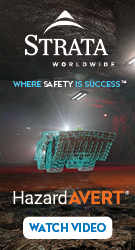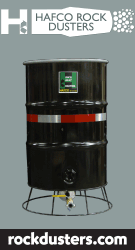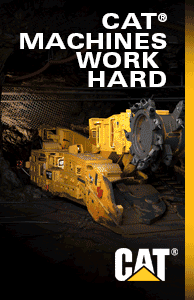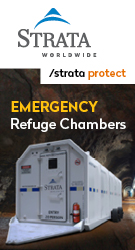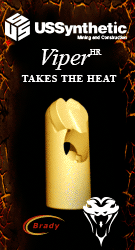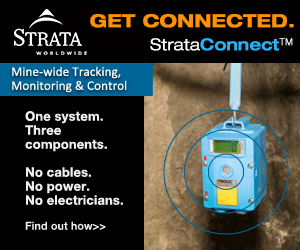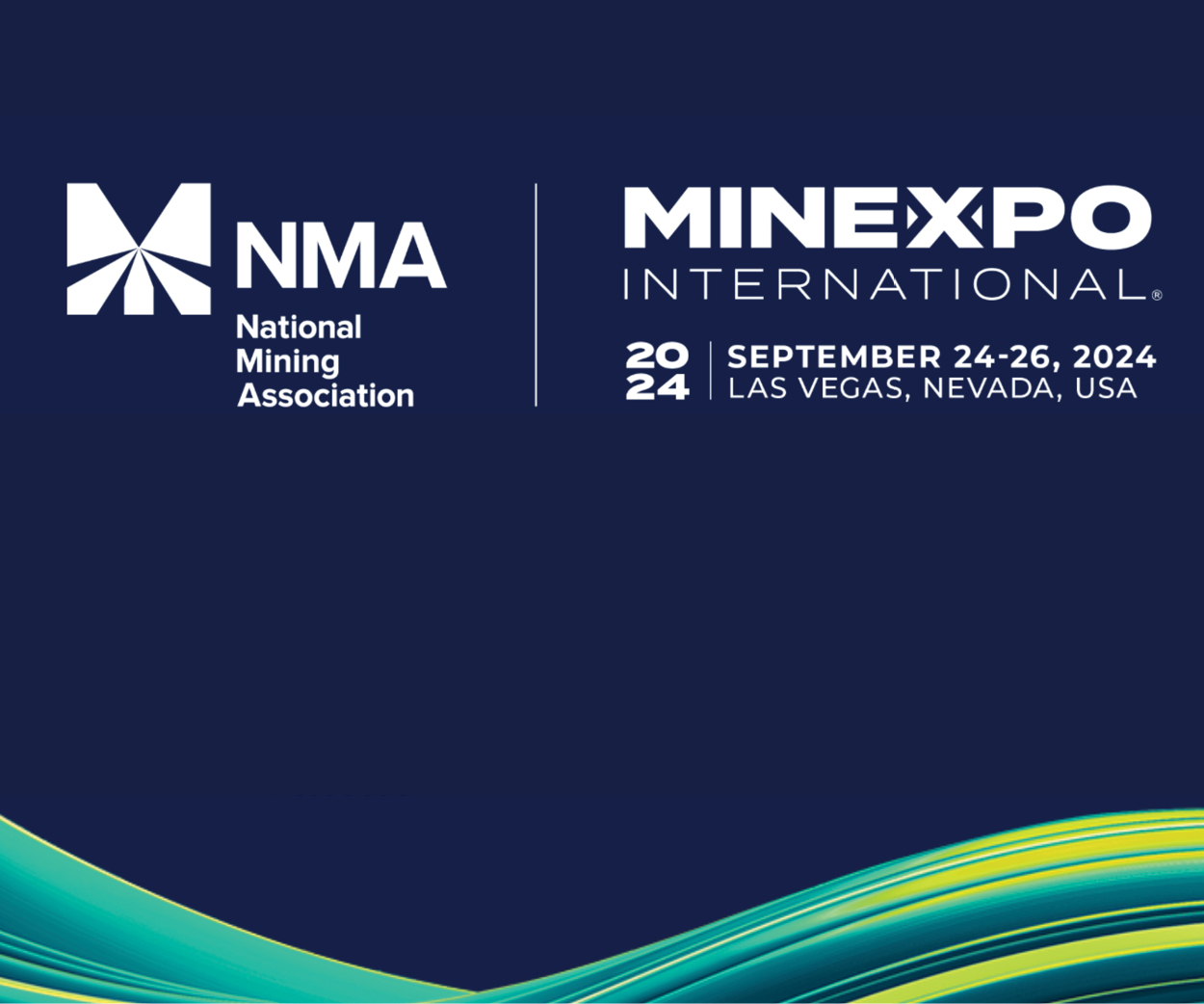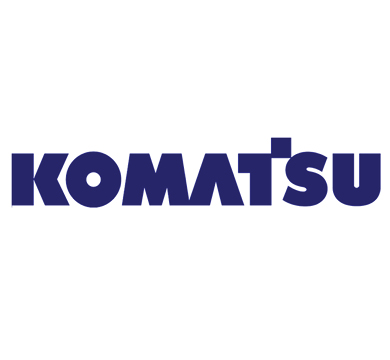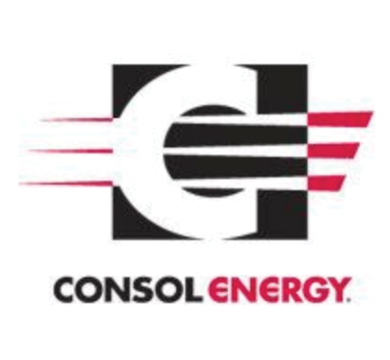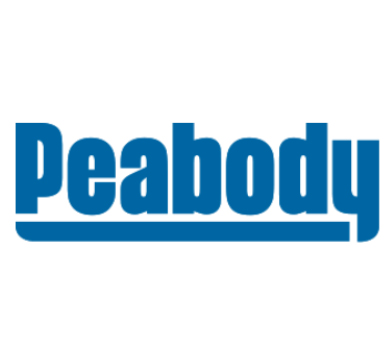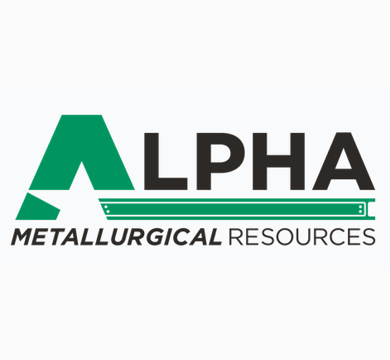Acquisition Gives Strata Competitive Edge in Proximity Detection
"We saw a need for proximity detection and collision avoidance in underground and surface mining to increase safety. In evaluating various technologies, we found that HazardAvert from FMC was superior to competitor technologies," said Rory Paton-Ash, Strata president and chief executive officer.

[Click image to enlarge]

[Click image to enlarge]

[Click image to enlarge]
The early January announcement of Strata Proximity Systems’ acquisition of Frederick Mining Controls with the intent of advancing proximity-detection technology couldn’t have been more timely.
The federal Mine Safety and Health Administration had just announced an Emergency Temporary Standard Rule to require underground mines in the United States to use proximity detection to protect workers from crushing injury and death caused by heavy machinery.
According to MSHA, as of Jan. 1, 70 miners have died in these types of accidents since 1984. Thirty-two of the deaths between 1988 and 2010 involved the operation of remote-control continuous mining machines. Another harsh reminder came Jan. 27, with the year’s first mining death. An underground miner was caught between the discharge guides of a coal conveyor system.
Last May, Strata Products Worldwide L.L.C. entered into a distributorship with Frederick Mining Controls L.L.C. (FMC), a leading developer and manufacturer of proximity detection and collision avoidance systems for the mining industry. Its HazardAvert system is one of three in the United States approved by MSHA for remote-control continuous mining machines, and has become one of the most well-known and reliable systems available.
Strata’s ongoing mission is to find ways to improve safety and productivity, said Rory Paton-Ash, Strata president and chief executive officer. “We saw a need for proximity detection and collision avoidance in underground and surface mining to increase safety. In evaluating various technologies, we found that HazardAvert from FMC was superior to competitor technologies.”
Soon after, FMC owner Larry Frederick proposed the acquisition to Strata. “He felt we had the financial strength and the people to take HazardAvert forward,” says Paton-Ash. In November 2010, the owners of Strata Products Worldwide, a leading global provider of quality mining and mine safety products and services, formed Strata Proximity Systems L.L.C. and acquired FMC of Huntsville, Ala.
“This alliance grants Strata worldwide distribution rights for the HazardAvert system, management of other HazardAvert distributors, and management of all distribution and marketing aspects of Strata Proximity Systems,” said Mike Berube, Strata chief operating officer.
Proximity Detection Designed to Saves Lives
MSHA estimates that 20 percent of mining-related deaths could be prevented with the use of proximity detection (the term used for underground mining) and collision avoidance (used for surface mining) technology. The systems are installed on machinery to detect the presence of personnel or other machinery within a certain distance. They are programmed to send a warning signal and stop the machine movement when program areas are breached.
“In most cases, the miners are well aware of the dangers, but they become preoccupied with operating their equipment and fail to notice when they or their co-workers stray into, or are exposed to, potentially hazardous situations,” according to the National Institute for Occupational Safety and Health (NIOSH). “Part of the problem is that the workers’ attention can be divided among many tasks, such as maintaining production goals, watching out for their own safety or that of their coworkers, and processing visual, tactile and auditory information.”
To alert workers as they approach known danger areas around heavy mining equipment, NIOSH developed a proximity system called HASARD (Hazardous Area Signaling and Ranging Device). HASARD is comprised of a transmitter and a receiver. The transmitter generates a 73-kHz magnetic field using one or more wire loop antennas. Each antenna is adjusted to establish a magnetic field pattern for each hazardous area.
The receiver worn by the worker is a magnetic field strength meter. The received signal is compared against preset levels that are calibrated to identify levels of danger. The receiver outputs can include visual, audible and vibratory indicators, and it can be made to disable machine functions.
HASARD was field tested on a Joy 12 continuous miner, a Komatsu 210 M Haulpak dump truck and a highwall launch vehicle. Slight modifications were made for each application. HASARD provided warnings as designed and proved to be rugged enough to withstand the harshest of production environments, according to NIOSH.
HazardAvert’s Leading Technology
Currently, multiple HazardAvert proximity detection systems are underground and operational in coal mines in South Africa, as well as three major U.S. coal mines. A number of new systems are on order for mines in the U.S., South America and Chile, says Paton-Ash.
FMC designed the system, first marketed under the name Tramguard, based on HASARD technology in 2004. In addition, FMC expanded the system’s capabilities to support multiple machines, made it coal mine rugged and tested it on underground production equipment. Several fail-safe features were built into the system to ensure all systems — such as marker integrity, battery level and communications integrity — work correctly and to factory specifications.
A successful field trial of the system was conducted at Consol’s Jones Fork E-3 Mine in November 2005. During this field test, the system provided consistent warning and shutdown commands, and effectively prevented an operator wearing a PAD from entering the hazardous area around the machine. System components were approved by MSHA as complying with the applicable provisions of Title 30 Code of Federal Regulations (30 CFR) Part 18.
Today, HazardAvert’s key differentiators over other proximity detection systems, include:
— Ability to monitor multiple machines and people working on the same system simultaneously
— Ability to create stable zones that do not require reconfiguration
— Ability to create highly configurable, customizable zones
— Operation in a mine-wide environment for more than two years
HazardAvert establishes a magnetic marker field around the machinery using a device called “the generator.” The markers can pass through almost everything — coal, rock, dust, water — and status indicators assure the system is functioning properly.
Operators and miners wear a Personal Alarm Device (PAD), a highly accurate multi-axis magnetic field measurement device that emits a warning alert if they enter dangerous areas and distances from the machine. Vehicle Alarm Devices (VADs) placed on vehicles have the same function — to detect the proximity of other vehicles to prevent collisions.
HazardAvert has a number of fail-safe features. The machine is automatically disabled when power is lost, a cable is cut or disconnected and communication degrades. There is no bypass ability except by certified technician with the security code.
System components are housed in explosion-proof housings that are sealed against water and withstand long-term, heavy vibrations and shocks. There are no exposed antennas.
Growing to Meet Demand
With the inevitable changes in U.S. coal mining regulations concerning proximity detection, Strata is investing resources into advancing the technology in a number of areas:
— Software customization
— Streaming safety and production reporting data from mobile equipment to the surface via Strata CommTrac
— Safety and production reports viewed at the surface on a user-friendly graphical user interface
The formation of Strata Proximity Systems put both companies in a better position to “meet the growing market demand for these systems and provide the support required,” says Mike Berube. “Together, we have the resources to enhance the technology, as well as increase production capabilities.”
To meet the expanding market, service centers with technicians and support teams will be established across the U.S. The 26-member FMC staff stayed on in Huntsville for development, testing and repairs, while HazardAvert production is being outsourced to “high quality local companies,” says Paton-Ash.
- By Heidi Ketler, staff writer, MiningConnection.com
Heidi Ketler, APR, is an accredited public relations practitioner and writer living in Roanoke, Va.
To view Strata’s proximity detection brochure, CLICK HERE
To stop by Strata’s proximity detection product page, CLICK HERE






